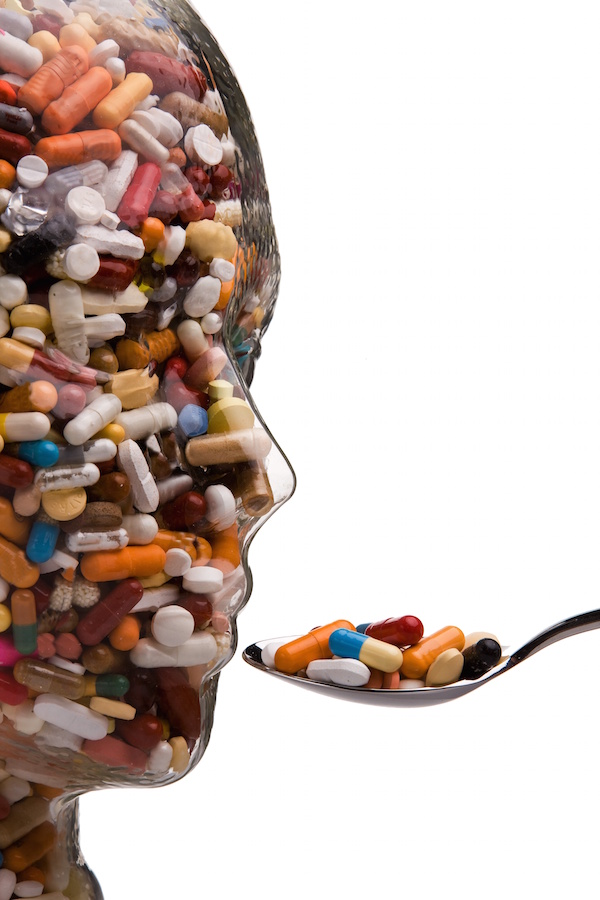MONDAY, Nov. 1 (HealthDay News) — There may not be a cure for the common cold, but people who exercise regularly seem to have fewer and milder colds, a new study suggests.
In the United States, adults can expect to catch a cold two to four times a year, and children can expect to get six to 10 colds annually. All these colds sap about $40 billion from the U.S. economy in direct and indirect costs, the study authors estimate.
But exercise may be an inexpensive way to put a dent in those statistics, the study says.
“The physically active always brag that they’re sick less than sedentary people,” said lead researcher David C. Nieman, director of the Human Performance Laboratory at the Appalachian State University, North Carolina Research Campus, in Kannapolis, N.C.
“Indeed, this boast of active people that they are sick less often is really true,” he asserted.
The report is published in the Nov. 1 online edition of the British Journal of Sports Medicine.
For the study, the researchers collected data on 1,002 men and women from ages 18 to 85. Over 12 weeks in the autumn and winter of 2008, the researchers tracked the number of upper respiratory tract infections the participants suffered.
In addition, all the participants reported how much and what kinds of aerobic exercise they did weekly, and rated their fitness levels using a 10-point system. They were also quizzed about their lifestyle, dietary patterns and stressful events, all of which can affect the immune system.
The researchers found that the frequency of colds among people who exercised five or more days a week was up to 46 percent less than those who were largely sedentary — that is, who exercised only one day or less of the week.
In addition, the number of days people suffered cold symptoms was 41 percent lower among those who were physically active on five or more days of the week, compared to the largely sedentary group. The group that felt the fittest also experienced 34 percent fewer days of cold symptoms than those were felt the least fit.
Moreover, colds also appeared to be less severe for those in better shape. Among those who felt the fittest, the severity of symptoms dropped by 32 percent and by 41 percent among those who exercised most, the researchers note.
One limitation of the study was a lack of adjustment for all variables that might affect the outcome, such as exposure to cold germs at work or from children in the home, the researchers noted.
But the study did account for a variety of factors, including age, body mass index and education. And after taking those factors into account, the researchers found that being older, male, and married reduced the frequency of colds. However, the most significant factors (besides being older) were perceived fitness and the amount of exercise a person got, Nieman’s group found.
Nieman said one explanation for the finding could be that exercise activates the immune system at a higher rate than normal and causes immune cells to attack viruses. “Exercise gets these cell circulating around the body; they engage the enemy and deal with them,” he said.
This effect happens each time you exercise, and then the immune system returns to normal until you exercise again, Nieman said, adding, “Any aerobic exercise should give you these immune benefits.”
Infectious disease expert Dr. Marc Siegel, an associate professor of medicine at New York University, agreed that “exercise plays a major role in immune response.”
However, Siegel added that people who are physically fit may report fewer sick days because they are “more macho.” Perceived wellness may counter feelings of feeling ill, he noted.
But the effect is not purely psychological, Siegel added. “It’s a combination of psychological and physical factors,” he said.
Siegel noted that a lot more work needs to be done to fully understand the effect of exercise on the immune system. “But the idea that the immune system is revved up when you are exercising and better able to defend you I believe is true.”
More information
For more on the common cold, visit the U.S. National Library of Medicine.

